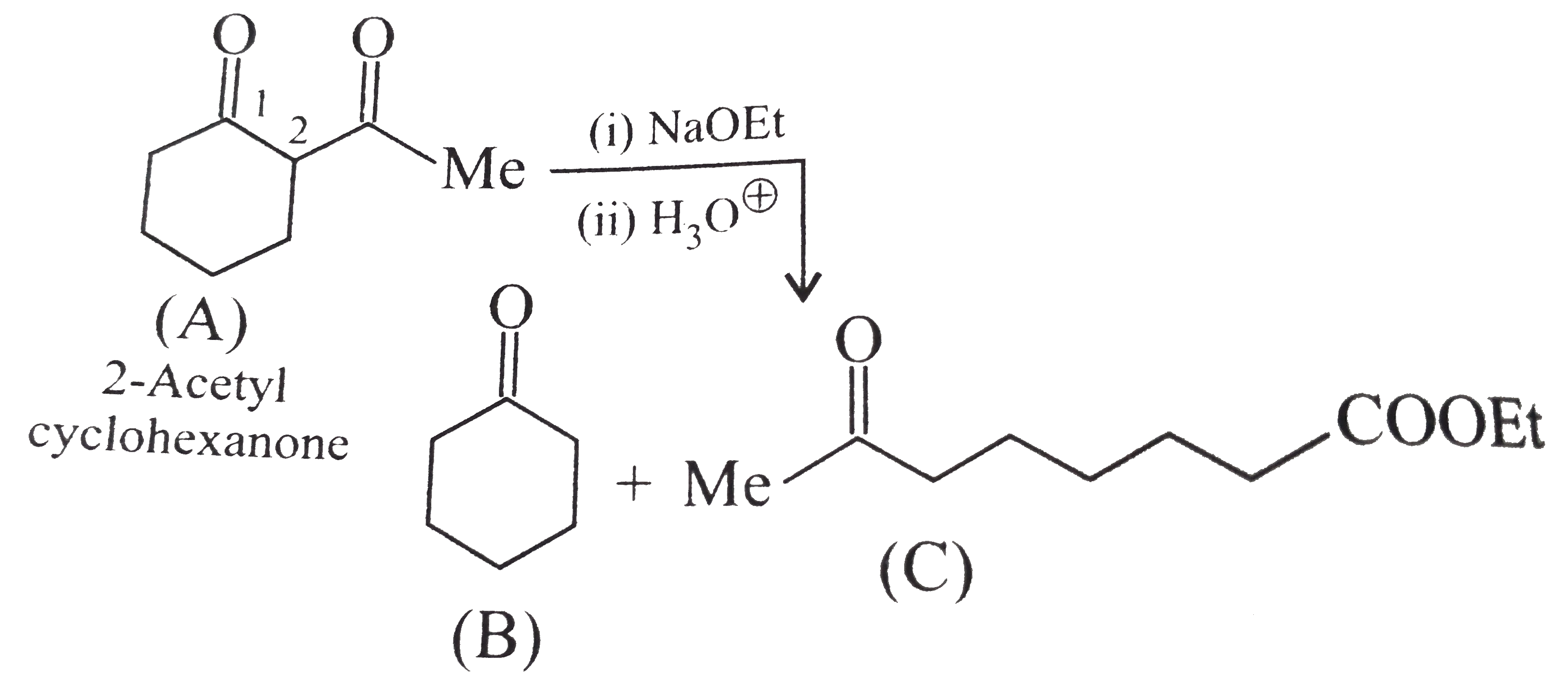Potassium (At. No. 19) and chlorine (At. No. 17) form a compound. Explain the formation of the compound on the basis of:
reduction
Step by step video & image solution for Potassium (At. No. 19) and chlorine (At. No. 17) form a compound. Explain the formation of the compound on the basis of: reduction by Chemistry experts to help you in doubts & scoring excellent marks in Class 9 exams.
Updated on:21/07/2023Topper's Solved these Questions
- ATOMIC STRUCTURE AND CHEMICAL BONDINGBOOK - ICSECHAPTER - ATOMIC STRUCTURE AND CHEMICAL BONDINGEXERCISE - EXERCISE 4(C)
54 Videos
- ATMOSPHERIC POLLUTIONBOOK - ICSECHAPTER - ATMOSPHERIC POLLUTIONEXERCISE - EXERCISE 8(D)
38 Videos
- CHEMICAL CHANGES AND REACTIONSBOOK - ICSECHAPTER - CHEMICAL CHANGES AND REACTIONSEXERCISE - EXERCISE 2(C)
30 Videos
Similar Questions
Potassium (At. No. 19) and chlorine (At. No. 17) form a compound. Explain the formation of the compound on the basis of:
reducing agent.
View SolutionPotassium (At. No. 19) and chlorine (At. No. 17) form a compound. Explain the formation of the compound on the basis of:
oxidation
View SolutionExplain the formation of the compound in the following reaction.
 .
.
View SolutionExplain the formation of H2 molecule on the basis of valance bond theory.
View SolutionExplain intermediate compound formation theory of catalysis.
View SolutionExplain why transition metals form complex compounds.
View SolutionWith reference to formation of compounds from atoms by electron transfer - electrovalency, state the basic steps in the conversion of sodium & chlorine atoms to sodium & chloride ions leading to the formation of the compound - sodium chloride.
[electronic configuration of: Na = 2,8,1 & Cl = 2,8,7]
View SolutionFormation of covalent bonds in compound exhibits
View Solutiona.

Identigy (B) and (C) and also explain the formation of C14(C∗) in the compound (C).
View SolutionWhich of the following compound gives secondary amine on reduction.
View Solution
